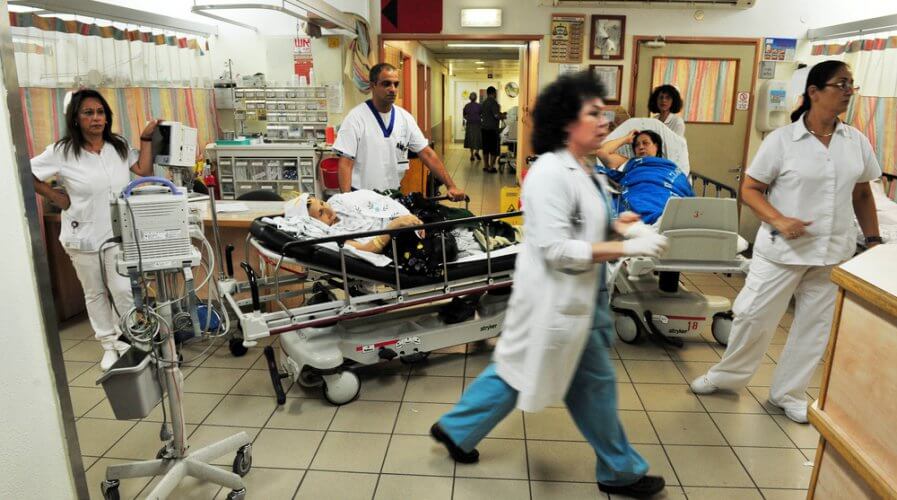
Going into the future, IoT deployment will significantly increase. Source: Shutterstock
How IoT solutions are defining the future of the healthcare industry
TECHNOLOGY has always been critical to the healthcare industry, with continuous efforts being channeled toward improving medical facilities.
Medical practitioners or healthcare providers, on the other hand, need real-time availability of information, to be in-tune with the advances around them and to develop greater working efficiencies.
The key is to build a connected system within the medical premise to allow providers to be able to consistently “communicate” with technology-enabled facilities.
In other words, the adoption and deployment of the Internet of Things (IoT) solutions where data or information are always transmitted from one connected device to another.
This would significantly improve healthcare systems and the future of medical services as IoT empowers data-reliance, data-driven decisions, trackability of changes within a facility, and better management of assets.
With IoT solutions expected to reach US$136.8 billion in market value by 2021, there is no doubt that the technology will influence the evolution of healthcare.
One of the many ways IoT is revolutionizing healthcare is by allowing providers to have constant access to mobile medical devices and machinery at all times.
Attaching IoT sensors to valuable hospital assets such as medical equipment enables real-time tracking, which then, helps providers and medical staff locate devices easily.
This would combat a common inefficiency constantly seen in hospitals or clinics where staffs end up having to make calls to know where the devices are or wasting a significant amount of time going around to find them.
Additionally, IoT sensors make it possible to better secure medical devices, equipment, tools, and other valuable assets because their locations are accessible in real-time.
IoT will also elevate the way health records are tracked, especially for patients that have been admitted. Using wearable IoT sensors can help better monitor patients and enable patients’ medical data to be collected and streamlined into the healthcare database in real-time.
Having instantaneous records and information in hand will drive better and precise decision-making by providers.
On the same note, IoT-generated data can be integrated with machine learning (ML) technology.
ML can learn patients’ historical data, process real-time data, and analyze the probability of rising threats and upcoming risks effectively.
This would then enable doctors and other medical professionals to provide relevant treatment earlier on and offer consultations that can help patients navigate their health risks.
A key result of these advances is a more effective relationship between patients and healthcare institutions.
Knowing a particular healthcare facility is equipped with the right technology will make it a more preferred and desirable destination for consultations and treatment.
Healthcare service providers that are still stalling the deployment of IoT solutions may end up losing patients to a more advanced and equipped competitors or lose relevance in the market.
READ MORE
- Ethical AI: The renewed importance of safeguarding data and customer privacy in Generative AI applications
- How Japan balances AI-driven opportunities with cybersecurity needs
- Deploying SASE: Benchmarking your approach
- Insurance everywhere all at once: the digital transformation of the APAC insurance industry
- Google parent Alphabet eyes HubSpot: A potential acquisition shaping the future of CRM


